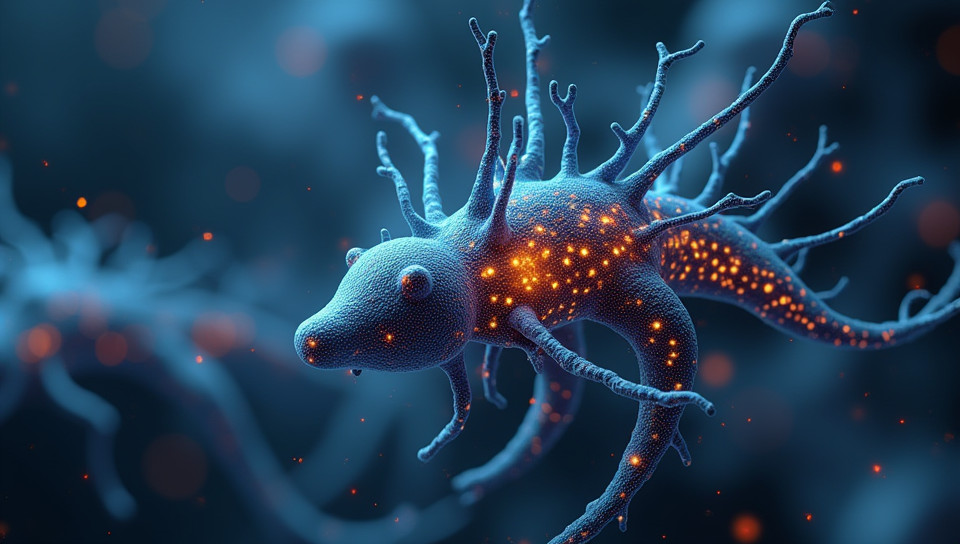Designing biomedical devices is a complex process 11%

Designing Biomedical Devices: A Delicate Balance of Technology and Biology
As medical professionals, engineers, and researchers, we are constantly pushing the boundaries of what is possible in the field of biomedical devices. From implantable pacemakers to portable insulin pumps, these innovative technologies have revolutionized the way we diagnose and treat diseases. However, designing biomedical devices is a complex process that requires a deep understanding of both technology and biology.
The Intersection of Technology and Biology
Designing biomedical devices involves navigating the intricate relationship between engineering principles and biological systems. On one hand, engineers must apply their knowledge of materials science, mechanical engineering, and electrical engineering to create devices that are durable, reliable, and efficient. On the other hand, they must also consider the physiological and biochemical processes that occur within the human body.
- Biocompatibility: The device must be made from materials that do not cause adverse reactions or toxicity in the body.
- Biological response: The device must not disrupt normal biological functions or interact with the body's natural processes in unintended ways.
- Safety: The device must be designed to minimize risks and ensure patient safety.
The Challenges of Biomedical Device Design
Despite the importance of biomedical devices, designing them is a daunting task. Several challenges must be overcome before a new device can be brought to market. These include:
- Regulatory hurdles: Biomedical devices are subject to strict regulations and guidelines that govern their development, testing, and approval.
- Clinical validation: Devices must undergo rigorous clinical trials to demonstrate their safety and efficacy in real-world settings.
- Cost and accessibility: Biomedical devices can be expensive, making them inaccessible to many patients.
The Future of Biomedical Device Design
As technology continues to advance, we can expect to see even more innovative biomedical devices emerge. Advances in fields like artificial intelligence, machine learning, and nanotechnology are already opening up new possibilities for device design. Additionally, the growing field of personalized medicine is driving demand for devices that can be tailored to individual patients' needs.
Conclusion
Designing biomedical devices is a complex process that requires a deep understanding of both technology and biology. By navigating the challenges of biocompatibility, biological response, and safety, engineers and researchers can create innovative technologies that improve patient outcomes and save lives. As we move forward in this field, it will be essential to continue pushing the boundaries of what is possible while prioritizing patient needs and safety above all else.
- Created by: Paulo Azevedo
- Created at: Feb. 4, 2025, 11:58 a.m.
- ID: 19987





